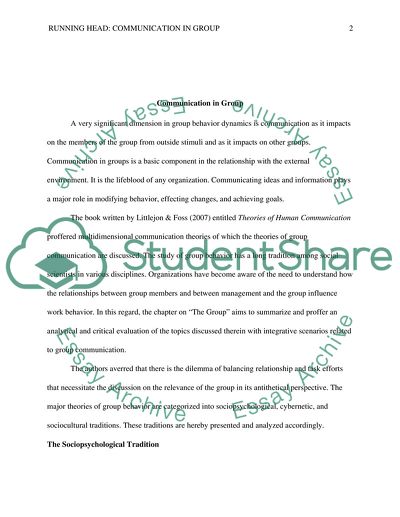Cite this document
(“Theories of Human Communication Book Report/Review”, n.d.)
Theories of Human Communication Book Report/Review. Retrieved from https://studentshare.org/sociology/1747066-communication-in-group
Theories of Human Communication Book Report/Review. Retrieved from https://studentshare.org/sociology/1747066-communication-in-group
(Theories of Human Communication Book Report/Review)
Theories of Human Communication Book Report/Review. https://studentshare.org/sociology/1747066-communication-in-group.
Theories of Human Communication Book Report/Review. https://studentshare.org/sociology/1747066-communication-in-group.
“Theories of Human Communication Book Report/Review”, n.d. https://studentshare.org/sociology/1747066-communication-in-group.


